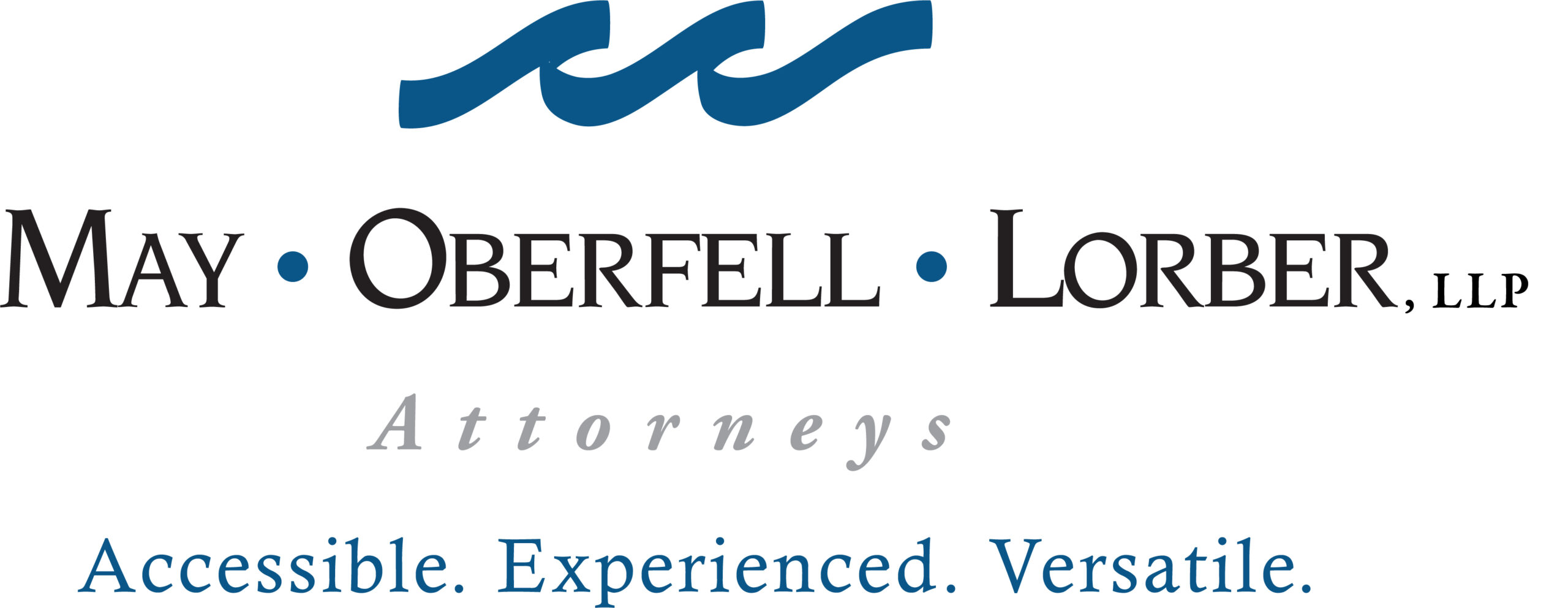FORBEARANCE AGREEEMENTS…When Litigation is not the Best Alternative
South Bend / Mishawaka, IN – The use of Forbearance Agreements in a loan workout situation has many benefits to both the Lender and the Borrower.
What is a Forbearance Agreement:
A Forbearance Agreement is a written agreement between the Lender and Borrower whereby the Lender agrees, for a specified period of time to forbear from taking legal action against the Borrower who is in default.
Is a Forbearance Agreement preferable to litigation:
A Forbearance Agreement is a preferable to litigation for several reasons.
First, with a Forbearance Agreement, the Lender and Borrower are able to fashion the terms and conditions that they agree to follow for the period of the forbearance. In exchange for not pursuing formal legal action, the Lender is able to obtain more information and access to the Borrower’s information and business plan because the parties are in a cooperation mode. Oftentimes once a Lender understands the financial situation that has caused the default, the parties are able to create a plan going forward that will minimize the chances for a loss to the Lender and a complete failure of the Borrower’s business. Furthermore, proceeding with a Forbearance Agreement is much less costly to all parties than the litigation alternative.
Elements of a Forbearance Agreement:
A Forbearance Agreement must first set out in detail the defaults[s] that exist at the time of the forbearance. These are the only defaults that the Lender is willing to allow during the period of forbearance. Any new defaults, depending on what they may be could result in the Lender taking formal legal action.
It must have an end date at which time the Lender and Borrower may enter into new arrangements for repayment of the loan; the forbearance may be extended; the defaults may have been cured or the Lender can proceed with legal action based upon the defaults.
New performance criteria may be agreed to within the Forbearance Agreement for the period of forbearance. It is not uncommon for a Lender to revise various financial covenants during a forbearance period to allow the Borrower to shore up its overall financial condition.
Any guarantors must also sign the Forbearance Agreement so as to prevent them from asserting the change in the lending arrangement as a defense at a later date.
The Borrower should reaffirm that the loan documents are valid and enforceable as to it.
The Borrower should release the Lender from any claims up through the date of signing the Forbearance Agreement.
In the end, it may very well end up that the Lender and Borrower end up in litigation, but as long as the Lender can reasonably assure itself that its position will not worsen during the forbearance period then it makes a lot of sense for the Lender and Borrower to explore the possibility of a Forbearance Agreement as an alternative to litigation.
